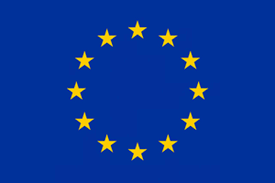
This guidance note is intended for HABITABLE researchers as a “living” tool on how to best integrate gender and social equity dimensions across the key objectives of the project, its primary methods and units of analysis. It is based on bilateral discussions between WP8 and all other WP and method leads and intends to provide a critical assessment on whether these targets are met throughout the project. Given that this guidance is provided at the very beginning of the project, and that different work packages are at very early stages of their research design and development, this tool will be periodically updated as the project progresses.

HABITABLE aims to significantly advance our understanding of the current interlinkages between climate impacts and migration and displacement patterns, in order to better anticipate their future evolutions.

This project has received funding from the European Union’s Horizon 2020 research and innovation programme under grant agreement No. 869395. The content reflects only the authors’ views, and the European Commission is not responsible for any use that may be made of the information it contains.
Subscribe to our Newsletter